Register for free and continue reading
Join our growing army of changemakers and get unlimited access to our premium content

The share of electric cars in total sales more than tripled between 2020 and 2022. But despite this explosive progress, ‘range anxiety’ continues to be a concern for consumers considering going electric with their next vehicle. In our first innovation this month, researchers are tackling an often-overlooked factor influencing range: the electrical input required by climate control systems.
Solar power, which is the fastest-growing energy source in the world, is another cleantech success story of recent years – and our second and third innovations this month both aim to build on this success. In Australia, new technology is putting waste heat from solar panels to good use, while in the UK, lightweight and flexible panels are bringing solar power to buildings that cannot take the weight of conventional solar systems.
One industry that has some way to go in its decarbonisation efforts is shipping. And in our fourth innovation, a British company has piloted technology that captures CO2 from ship exhausts and converts it into pebbles.
The final two innovations this month focus on recycling two very different resources – synthetic textiles and water.
Read on to find out more.
Microwave energy to boost EV range
Stock image.
In very hot or cold weather, a car’s climate control system acts as a significant drain on electrical power, reducing an electric vehicle’s driving range by up to 40%. Researchers from the University of Birmingham are tackling this problem with a novel energy storage system.
This system, called the e-Thermal bank, is separate from the main EV battery and combines a chemical heat pump with microwave energy to produce heating or cooling on demand.
At the EV charging station, microwaves dissociate a ‘solid-vapour working pair’ while also condensing the vapour into liquid. This has the effect of storing the microwave energy within the car in the e-Thermal bank. Heating or cooling can then be delivered at a later point as needed.
To generate heat, the vapour is fed into a reactor to create an exothermic reaction. At the same time, a liquid-gas phase change process, which takes place in an evaporator, generates cooling.
The system has a much higher energy density than battery packs, and by replacing conventional heating and cooling systems, and potentially a small portion of the battery pack, the researchers estimate that the e-Thermal bank can deliver a range extension of up to 70%. This is delivered at a lower cost than simply increasing battery capacity.
Harvesting waste heat from solar panels
Stock image.
When it comes to solar panels, sunlight is obviously essential, but there is such a thing as too much sunshine. In general, photovoltaic panels function best at 25C. For every degree above this, the average panel will lose around 0.3-0.5% in power production efficiency.
Australian startup Coolsheet has developed a way to harness the waste heat absorbed by solar panels, and increase their electrical generation efficiency. Coolsheet panels fit over PV cells and are filled with a low-pressure liquid coolant, such as water, salt water, or glycol. This is pumped through the panel to reduce the operating temperature of a solar cell, increasing their efficiency by around 4% for every 10C drop in temperature.
According to the company, the extra electricity generated from cooling the panels can be used to offset the energy used to run the Coolsheet system, potentially making it a carbon-negative product. An additional benefit is that the waste heat generated can be used to heat water in thermal tanks for storage, load shifting, or to run water-sourced and hybrid heat pumps. Alternatively, the hot water can be used directly – for instance, in swimming pools.
Coolsheet is a member of the Australian Alliance for Energy Productivity, an independent, non-profit coalition of business and research leaders interested in developing ways to reduce energy usage. The company is currently finalising its move to full-scale manufacturing and raising growth capital.
Improving accessibility for flexible solar solutions
Image: Solivus
As the global climate heats up, more people need air conditioning. That rise in demand for electricity is pushing up the overall energy consumption of buildings and construction. The International Energy Agency (IEA) warns that worldwide building energy use could increase by up to 70% by 2050 “without targeted policy actions”.
One way to decarbonise cooling is to make renewable energy sources more accessible and production more sustainable. For instance, traditional PV arrays are often too heavy to be supported by the many vast distribution warehouses springing up around the world as e-commerce continues to grow. But, in the UK, lightweight solar specialist Solivus uses innovative, flexible solar panels to bring renewable energy to the 40% of commercial rooftops and mega-buildings that can’t take the weight of conventional panels.
Installations are already in place on the roofs of sports stadiums, schools, and airports. Each installation is customised to the location, size, and orientation of the building in relation to the sun, ensuring that each structure supports the maximum number of panels.
For homeowners, the Solivus Arc is a patented outdoor solar sculpture, designed to gather light from the sun as it moves across the sky.
Solivus offers engineering, design, installation, monitoring, maintenance, and ongoing reporting, which enables customers to know how much they are saving or making from their solar. If needs be, the company also provides financing options.
An on-board system turning ship emissions into pebbles
Image: Seabound
The shipping industry currently accounts for around 3% of global greenhouse gas emissions, and efforts to convert shipping to alternative fuels, such as green ammonia, remain in their early stages. UK-based company Seabound is taking a different approach to tackling marine emissions with an on-board system that uses a technology called ‘calcium looping’ to capture CO2 at source.
The system has the potential to capture up to 95£ of the CO2 emissions coming out of a ship’s exhaust, converting them into solid calcium carbonate pebbles. Once the ship reaches port, these pebbles can be offloaded for reuse or sale.
The startup recently achieved a key milestone when, in partnership with global shipping company Lomar, it completed a successful pilot of its technology on-board a commercial container ship. The 240-metre-long vessel, which was chartered by liner shipping company Hapag-Lloyd, was equipped with a prototype version of the system that captured around one tonne of CO2 per day.
In addition to proving the viability of the technology, the tests gave the Seabound team vital hands-on experience, with a series of tests facilitating increases in the carbon capture rate.
Having completed the pilot, Seabound will now progress to creating its first full-scale systems, which it hopes to deliver commercially from 2025 onwards.
Enzymic recycling for textiles
Image: Lululemon
Nylon 6,6 is a foundational fibre used by apparel brands such as Lululemon. Nylon products are typically made from ingredients derived from fossil fuels, and while nylon recycling is practised today, recycled nylon alternatives are typically made from post-industrial waste. What is more, there is only a limited amount of recycled material that meets the performance needs of sports garments.
Through a partnership with Australian startup Samsara Eco, Lululemon has made a breakthrough in ‘textile-to-textile’ recycling by utilising Samsara’s enzyme-based technology to recycle nylon 6,6 into samples of the brand’s Swiftly Tech Long-Sleeve Top.
Enzymes are proteins that act as biological catalysts, and Samsara Eco has developed a ‘library’ of engineered enzymes that can break down plastic. To recycle the nylon 6,6, these enzymes were harnessed to break down the synthetic blends into their original monomers in a low-temperature process. These were then used to recreate the nylon 6,6, which was used in new garments. More than 90% of the nylon in the Swiftly samples was this enzymatically recycled variety.
Until recently, nylon 6,6 has been considered unrecyclable due to its complex structure, which is why the Lululemon-Samsara Eco breakthrough is so important. And the samples are only part of a multi-year collaboration between the two companies, which seeks to make infinitely recycled nylon and polyester from Lululemon’s products using Samsara Eco’s process.
A greywater recycling solution for off-grid showers
Image: Geopure
The World Economic Forum (WEF) calls the reuse of greywater – lightly used waste water – “one of the most promising avenues for water innovation.”
French company Geopure designed a system that it claims can provide an endless loop of zero-wastewater showers. The company’s WTS100 system was created particularly for those living in remote areas or off-grid. The system can run on solar panels and requires just 100 litres of water from any source – be that a lake, rain, or ambient humidity – to enable hundreds of showers.
Water drains directly from the shower and accompanying taps into the recycling system to be purified immediately without using chemicals or generating emissions. Once the water has been disinfected and is ready for reuse, the system pumps the water back to the shower.
The WTS100 system is modular and portable, enabling custom sizes and bespoke layouts. Geopure’s systems are currently being used in locations that include an off-grid glamping camp in Australia and a self-sufficient cabin in Finland.
As the effects of climate change ramp up, water scarcity is forecast to become an increasingly pressing issue. For example, UNESCO projects that the global urban population facing water scarcity will double from 930 million in 2016 to 1.7–2.4 billion people in 2050. Off-grid water recycling systems like Geopure’s are therefore more important than ever.
Springwise is the global innovation platform for leaders looking to drive positive and sustainable change. The Springwise Innovation Library contains nearly 14,000 inspiring solutions to the world’s biggest problems. To access them, find a membership that’s right for you.
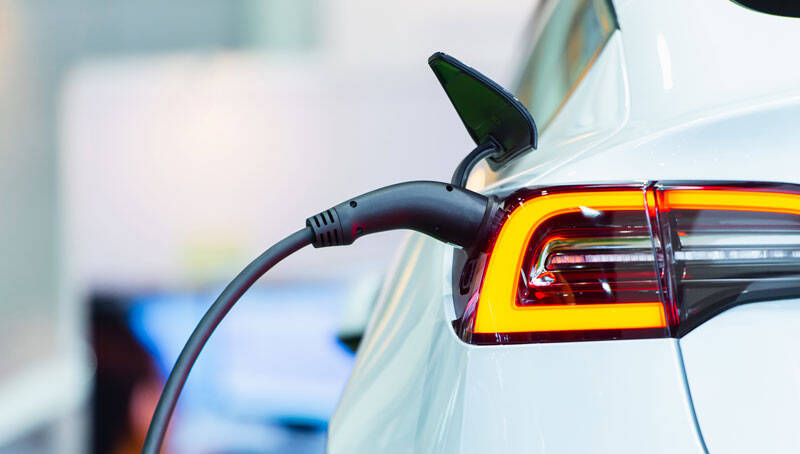
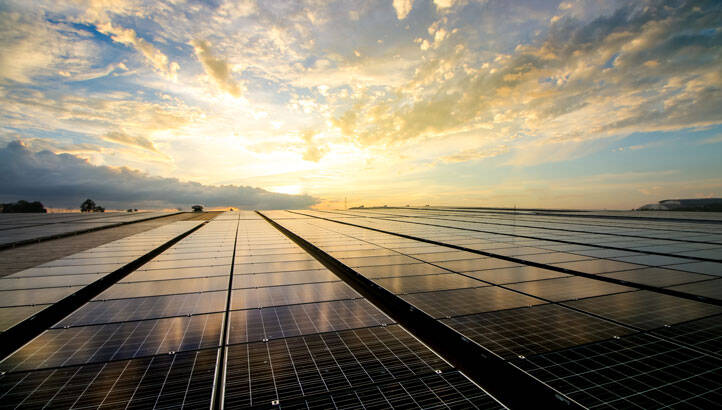
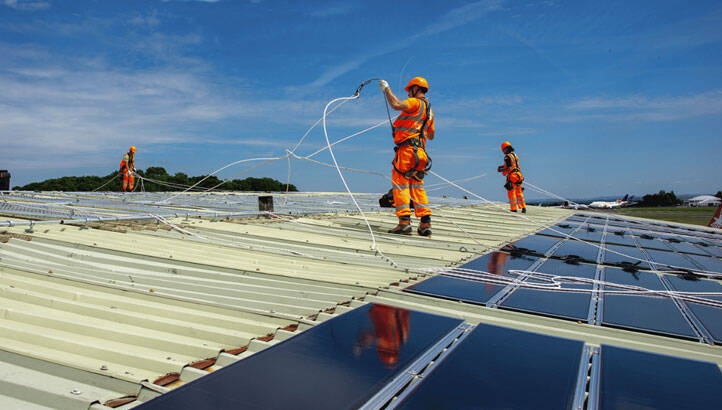
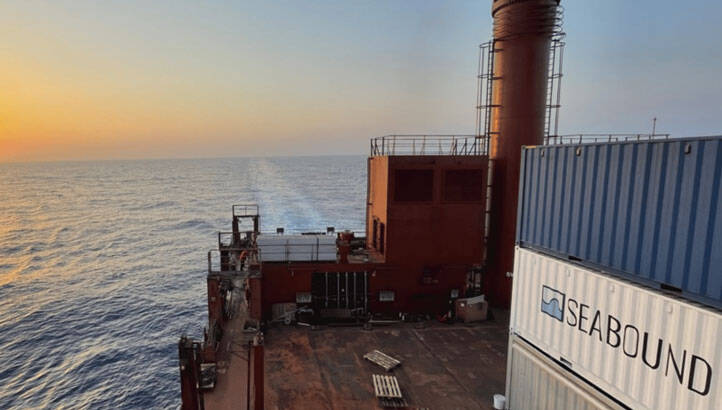

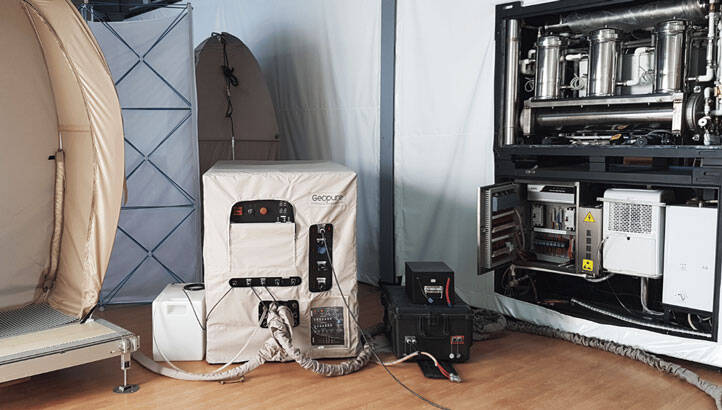


“ingredients derived from fossil fuels” is a lax use of language. The “fossil fuels” here are derived materials originating from geological sources, that may be used used as raw chemicals, or burned as fuel.
They would better be described as “petrochemicals”.
I comment as a retired research chemist.